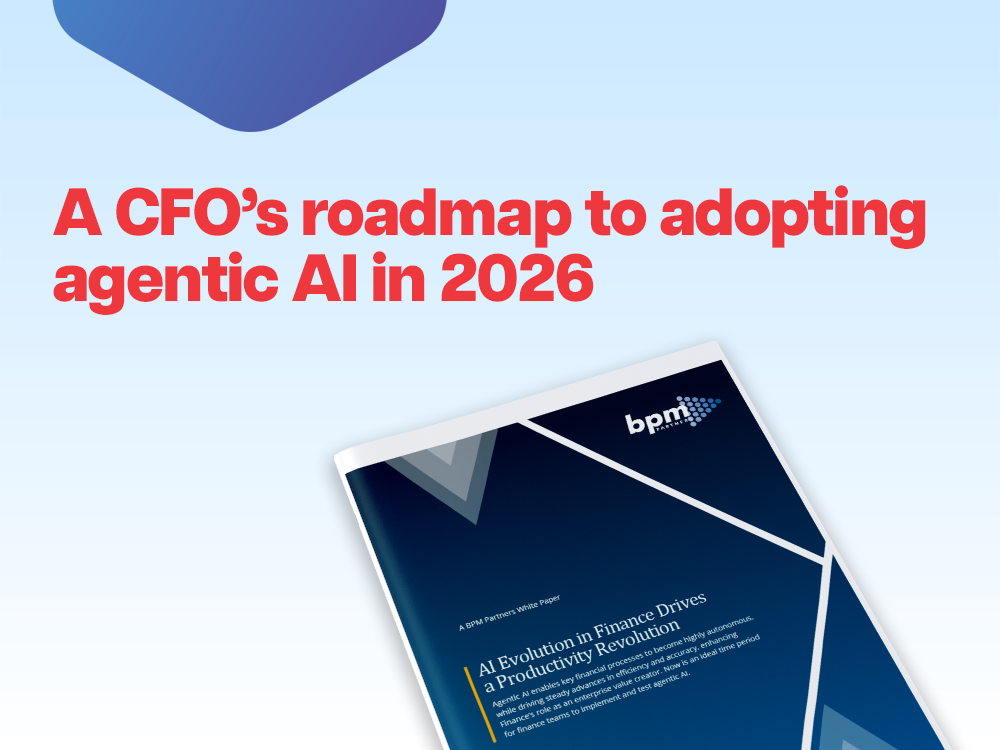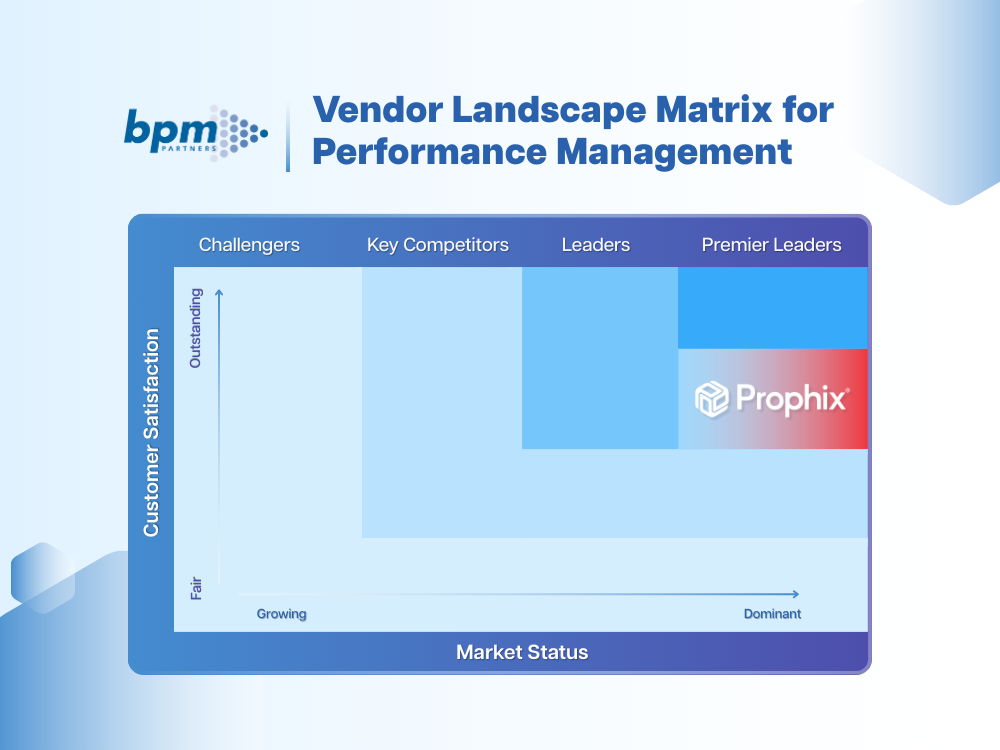Download Analyst Report
Top financial close challenges and how to solve them
For most organizations, financial close takes one week or more.
October 31, 202492% of finance leaders in America and Europe are unsatisfied with the quality of their month-end close.
It should come as no surprise then that for most organizations—financial close is a tough process. Slow, manual processes bog down finance teams, preventing them from working and reacting in real-time.
To deal with complex company structures, evolving financial regulations, and multiple systems of record, you need to recognize and address the top three financial close challenges, so you can close faster, smarter, and more accurately.
In this post, we’ll cover:
Why financial close is a challenge for the Office of the CFO
For most organizations, financial close takes one week or more. However, finance teams that automate most tasks close their books within four to six days, without sacrificing accuracy for speed. And when it comes to a quarterly or annual close, next-gen finance teams spend between nine and sixteen days less than average.
Companies with extended close timelines often struggle to close the previous month by the time the next month rolls around. Add in new requirements for lease accounting (IFRS 16/ASC 842), ESG, insurance contracts (IFRS 17/ASC 944), and tax provisions, and the process becomes even more unwieldy.
As you wrestle with your expanding responsibilities, the gap between companies who can close quickly (less than four days), and those who struggle with a prolonged close (more than six days), grows wider.
This blog will take you through how to structure your close processes differently for better efficiency, so you can maintain your competitive edge.

Top 3 financial close challenges and how to solve them
At the core of financial close are three foundational processes: account reconciliation, intercompany eliminations, and financial consolidation and reporting.
Each of these processes play an essential role in the close process, ensuring:
- A faster financial close – Streamline your processes to save time and accelerate your close.
- Smarter operations – Make strategic decisions and minimize errors with data-driven insights and automated processes.
- More accurate outcomes – Ensure accuracy in your financial reporting and operations by addressing roadblocks early.
Conversely, these foundational processes can also introduce problems into your close processes, extending your timeline beyond the ideal four to six days. Without addressing these problems, you may struggle with:
- Bottlenecked processes – Dependencies, error-prone processes, and areas where time and efficiency are lost can negatively impact your close.
- Risk of errors – Manual account reconciliation, intercompany eliminations, and financial consolidation and reporting can introduce errors into your process, limiting accuracy and visibility.
The risk of leaving these problems unaddressed is a slow, inaccurate, and inefficient close that prevents you from getting a holistic understanding of your organization’s performance. With these problems in mind, let’s look at the top three financial close challenges and how to solve them.
1. Decentralized data
Handling intercompany eliminations with different accounting systems can cause delays and errors due to decentralized data. Manually collecting data makes it tough to match transactions correctly, leading to mistakes and inefficiencies. These issues, along with poor communication, can extend your financial close timeline.
2. Manual reconciliations
Your account reconciliation process struggles due to a lack of automation and structured workflows, which increases compliance risks and operational inefficiencies. Dependence on spreadsheets, human errors, and data management issues lead to inaccurate reports, audit delays, and security concerns.
3. Regulatory hurdles
Managing financial consolidation and reporting manually can make it hard to meet compliance targets, leading to doubts about your reported results. Differences between local and group accounting standards can complicate audits and increase costs. Without real-time analysis, relying on old data can skew strategic decisions.
Discover how to automate and accelerate your financial close with Prophix One.
How to overcome top financial close challenges
Now that you’re familiar with the top three financial close challenges, let’s dive into how to solve them, so you can achieve a faster, smarter, and more accurate close:
Automated transaction matching
Automating data matching and integration can make intercompany eliminations smoother. By automating these tasks, you can quickly process large amounts of data, reducing delays and errors. This boosts productivity and ensures accurate data handling, making the elimination process more visible and efficient.
Structured workflows
Automating balance tracking can help you quickly find reconciled and unreconciled amounts. This reduces the time and resources needed for account reconciliation, minimizing errors and easing your team's workload. Enhanced efficiency can also boost team productivity and morale.
Data governance
By automating currency translation and reporting, you can improve data governance and cut down on audit time and costs. Set up systems that easily handle multiple accounting standards, allowing your finance team to dive deeper into data and provide clarity for auditors. With dynamic reports and automated data management, your team can focus more on analysis instead of just creating reports.
Conclusion: Get the 3-step blueprint to a faster, smarter close
Understanding why the financial close is challenging for the Office of the CFO, along with recognizing the top three close challenges and their solutions, puts you on the path to achieving a more efficient and effective financial close.
To realize your potential, all you’re missing is our 3-step blueprint to a faster, smarter close.
Our guide, The Next-Gen Finance Team’s Guide to a Faster, Smarter Close will give you a step-by-step breakdown of the processes, best practices, and technology you need to change the way you close your books and go beyond the status quo to deliver more value.
Now you can embrace your role as a leader and support your team’s and business’s goals. Don’t miss your chance to mentor others in becoming a next-gen finance team, because growth—both as a business and as individuals—is the secret to financial success.
Download The Next-Gen Finance Team’s Guide to a Faster, Smarter Close today
Insights for next-gen finance leaders
Stay ahead with actionable finance strategies, tips, news, and trends.






